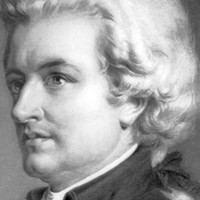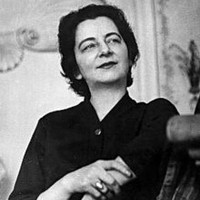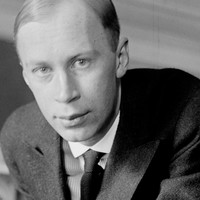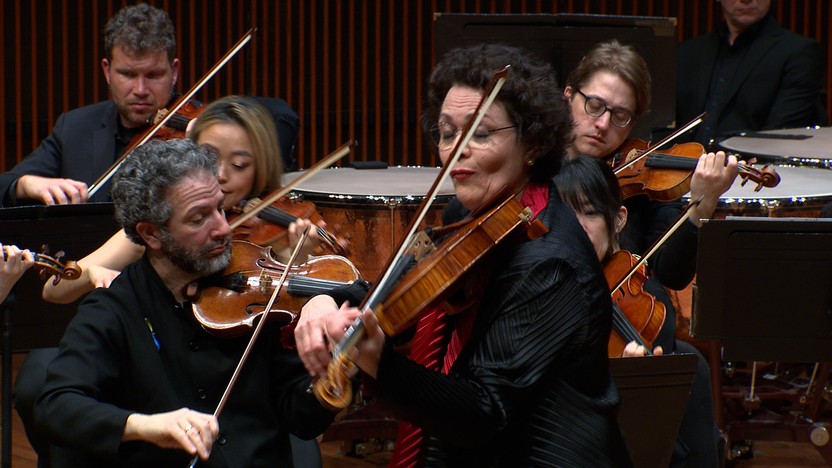Details

Wolfgang Amadeus Mozart
Overture to Don Giovanni (6 min)
Wolfgang Amadeus Mozart’s opera The Marriage of Figaro only ran for nine performances during its first production in Vienna in 1786, an underwhelming box office result. It fared much better when Pasquale Bondini launched a new production that winter in Prague, a success that led the Italian singer and impresario to commission another opera from Mozart and his Figaro librettist, Lorenzo da Ponte, who took up the Spanish legend of the womanizer Don Juan, or Don Giovanni in Italian. Written versions of the tale existed as early as 1630, but the most recent model was a one-act opera that had debuted in Venice early in 1787.
Mozart cataloged Don Giovanni as an “opera buffa,” and da Ponte called it a “dramma giocoso,” terms that emphasized the comedic aspects of the work. Don Giovanni is certainly funny with its deceits, jealousies, mistaken identities and bungled romances, and yet da Ponte’s libretto and Mozart’s music both push the opera toward uncommonly deep pathos and tension. The overture begins with a slow introduction in D-minor, establishing musical gestures and dramatic currents that foreshadow the opera’s searing climax. The rest of the overture momentarily dispels that tragic strain with robust and restless new themes.
Aaron Grad ©2024

Grażyna Bacewicz
Divertimento for Strings (7 min)
Grażyna Bacewicz, one of the most influential Polish musicians in the twentieth century, is finally getting her due in American concert halls. After studying composition and violin in her native Warsaw, she made two extended visits to Paris to refine her technique, and then returned to Warsaw and became the concertmaster of the Polish Radio Orchestra. On top of her thriving dual career as a composer and concert violinist, she was also an accomplished pianist, and in later years an educator and author.
The Divertimento that Bacewicz wrote in 1965 joined a series of earlier string orchestra works, including her Sinfonietta (1935) and Concerto for String Orchestra (1948), that allowed her to explore her knowledge of the violin family on a granular level. Ostensibly this Divertimento pays homage to the casual party music of Mozart’s time, but Bacewicz’ idiomatic string textures and forward-driving patterns in the fast outer movements still create an imposing facade, framing a central movement that cloaks its lyricism in broad strands of hushed dissonance.
Aaron Grad ©2024
 Listen to Audio
Listen to Audio
Sergei Prokofiev
Symphony No. 1, Classical (15 min)
Spending the summer outside of Petrograd in 1917, the 26-year-old Sergei Prokofiev challenged himself to compose without sitting at the piano, and he used Franz Joseph Haydn as inspiration for his svelte First Symphony. This score’s nickname as the “Classical” Symphony is well-deserved, and it served as an early harbinger of the neoclassical trend that swept through modern music in the 1920s.
A leading orchestra in Haydn’s day operated out of the royal court in Mannheim, Germany, and one of their signature moves was the rising “Mannheim Rocket,” which Prokofiev mimicked with the explosive arpeggio that launches his symphony. The second theme, played by the violins as they navigate absurdly wide leaps, shows how effectively Prokofiev used parody and exaggeration to simultaneously celebrate and skewer his source material.
The Larghetto second movement centers on a singing theme that enters in the clear treble of the violins. A contrasting middle section introduces a steady trickle of sixteenth notes, and then the closing passage interweaves both sounds.
Instead of a minuet or scherzo, the symphony turns next to a Gavotte, a staple of French dance suites from the Baroque era. The finale races to the finish on a stream of whirlwind eighth notes, with interlocking rhythmic patterns and seamless handoffs between sections that make for the musical equivalent of a relay race.
Aaron Grad ©2024

Wolfgang Amadeus Mozart
Sinfonia concertante for Violin, Viola and Orchestra (30 min)
Wolfgang Amadeus Mozart, the onetime child prodigy who had dazzled audiences all over Europe, found himself in an unexpected predicament in his early twenties: he was stuck in his hometown of Salzburg. He resigned from the court of the local Archbishop in 1777 and set out with his mother in search of new employment, but his visits to Mannheim and Paris failed to produce any real prospects. At least he came away from his time in Mannheim, home to one of the world’s finest orchestras, with a new arsenal of brilliant ensemble effects.
Mozart returned to Salzburg in 1779 and begrudgingly resumed working for the Archbishop. On the side, he cultivated his own private circle of musicians and patrons, for whom he wrote symphonies, concertos, serenades, and other entertaining diversions. We don’t know exactly the circumstances that led to Mozart composing the Sinfonia concertante for violin and viola in 1779, but we can presume that it was some social event in Salzburg. Mozart, a fine violinist and violist, would surely have played one of the solo parts.
The idea of a concerto for multiple soloists had been around for nearly a century (in the form of the concerto grosso), but the sinfonia concertante was a trendy new approach flourishing in places like London, Mannheim, and Paris — where Mozart actually wrote his first example for a quartet of soloists. In the Sinfonia concertante for violin and viola, Mozart addressed the natural imbalance in projection by calling for the viola to be tuned a half-step higher than normal, increasing the alto instrument’s power. (Modern instruments and metal strings have alleviated this need, so today’s soloists often forgo the transposition.)
One of the sounds Mozart picked up in Mannheim was a long crescendo that gathers strength over a constant bass note, a device so characteristic of the local composers that it was dubbed the “Mannheim roller.” A terrific example is the final climax of the tutti exposition that precedes the arrival of the soloists.
The central Adagio movement unwinds its haunting main theme in skeins of long, singing phrases that weave between the two solo instruments. As in the first movement, the two soloists share a fully composed cadenza, imparting a chamber-music intimacy to this orchestral score. The finale continues the impressive display of ensemble colors, including prominent passages for the horns and oboes, all in support of quick-witted banter between the soloists.
Aaron Grad ©2024
About This Program
SPCO Artistic Partner and violist extraordinaire Tabea Zimmermann returns to open the SPCO’s 66th season with the dramatic overture to Mozart’s opera Don Giovanni and Mozart’s beloved Sinfonia Concertante alongside SPCO Concertmaster, Steven Copes. The program also features Prokofiev’s Classical Symphony, a celebratory launch to the season, akin to the uncorking of a bottle of champagne.
Contribute
SPCO concerts are made possible by audience contributions.
Newsletter
For exclusive discounts, behind-the-scenes info, and more:
Sign up for our email club!


